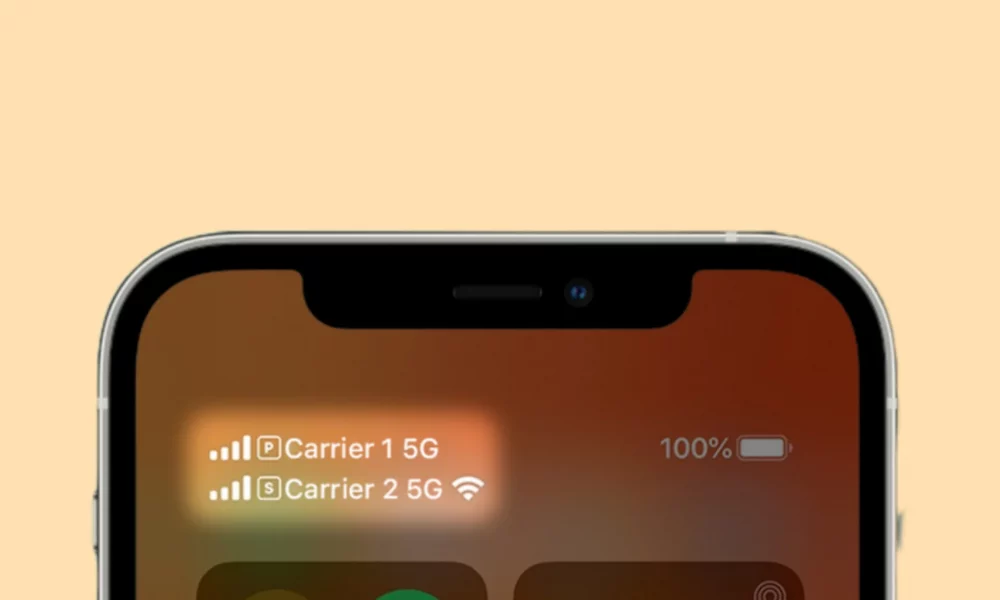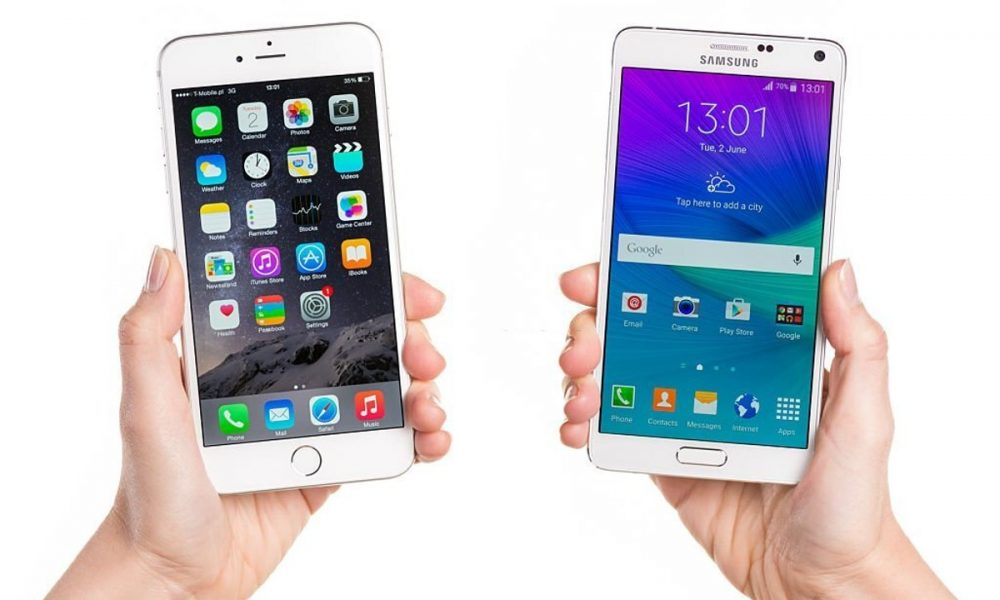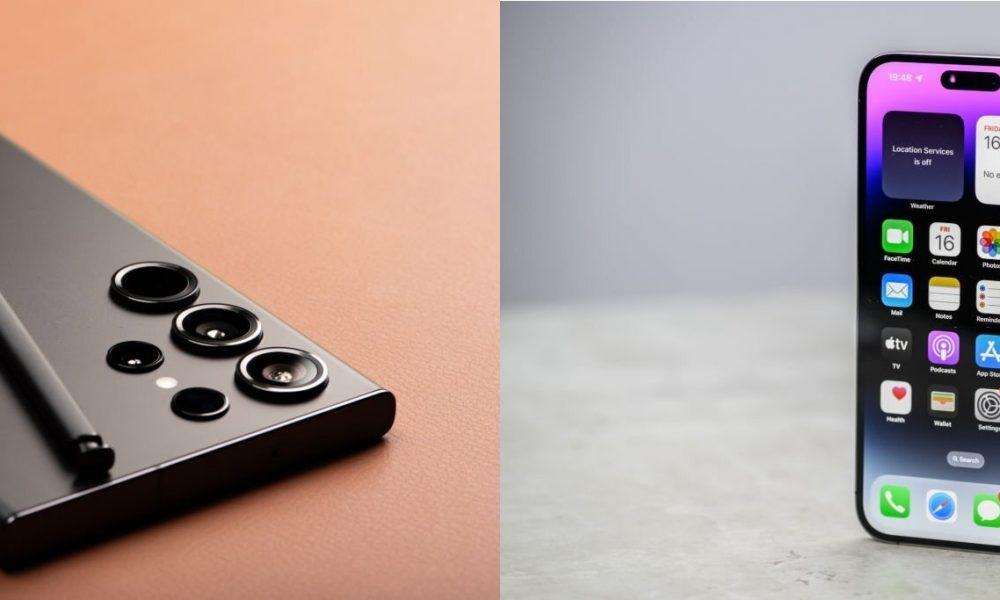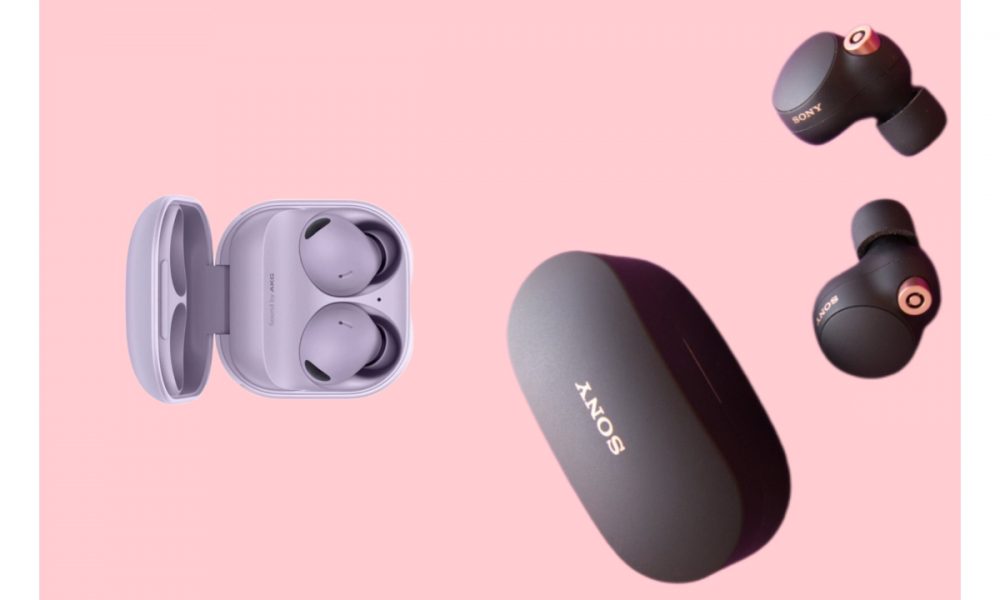Navigating the realm of mobile technology can be a daunting task, especially when confronted with industry-specific terminology.
“Dual carrier” is one such phrase you may have encountered while looking into the complexity of mobile networks and smartphone functionalities.
But what precisely does this term mean and how does it impact your mobile experience? This in-depth guide is dedicated to clarifying the concept of dual-carrier technology.
We’ve also thoughtfully included a FAQ section to address the typical queries that might be remaining in your thoughts.
What Does Dual Carrier Mean?
“Dual carrier” is the terminology employed to depict a technology harnessed within mobile networks with the aim of amplifying data transfer speeds and overall network efficiency.
This technology is equivalently known as “carrier aggregation.”
This technology allows mobile devices to simultaneously connect to two different frequency bands or carriers to increase data speeds and improve network capacity.

How Does Dual Carrier Work?
The operation of a dual carrier involves enabling a mobile device to forge connections with two distinct frequency bands, or carriers.
During data transmission or reception, the data can be distributed across these two connections, resulting in the data transfer rate effectively doubling when compared to a single carrier connection.
This outcome leads to accelerated download and upload speeds, an enhancement in network performance, and an overall more dependable mobile user experience.
Benefits of Dual Carrier Technology
Enhanced Data Speed:
Thanks to dual carrier technology, individuals can relish notably swifter download and upload rates, permitting rapid access to web content, seamless high-definition video streaming, and expedited file transfers.
Improved Network Capacity:
Dual carrier technology makes it possible for more people to connect to the network at the same time by combining several carriers or frequency bands into one.
This translates to reduced network congestion, elevated call quality, and an overall superior user experience.
Seamless Multitasking:
With dual carrier technology, users can do multiple data-intensive tasks at the same time without experiencing a significant slowdown in network performance.
Whether it involves streaming music while web browsing or conducting video conferences while downloading files, dual carrier technology guarantees seamless multitasking capabilities.
Better Coverage:
By combining carriers or frequency bands, dual carrier technology improves coverage in areas where a single carrier might have trouble maintaining a steady connection.
This guarantees a more dependable network experience, particularly in densely populated urban regions or remote, less-accessible locations.
Future-Proofing:
Considering the ever-evolving landscape of mobile networks, dual carrier technology establishes a framework for forthcoming developments.
It paves the way for the assimilation of extra carriers or frequency bands, ultimately facilitating even higher speeds and enhanced network performance as technology advances.
FAQ’s
1: Does my smartphone need to be dual carrier compatible to benefit from this technology?
Yes, to fully capitalize on the benefits of dual carrier technology, your smartphone must have the capacity to support it.
While numerous contemporary smartphones and network providers do offer this feature, it remains crucial to verify that your device is compatible with dual carrier technology.
2: How can I check if my smartphone supports dual carrier technology?
To check if your smartphone supports dual carrier technology, you can refer to your device’s technical specifications or contact your mobile service provider for more information.
Additionally, you can find this information in your device’s settings under the “About” or “Network” section.
3: Will dual carrier technology work with any mobile network?
The effectiveness of dual carrier technology depends on the characteristics of your network. It’s imperative to recognize that not all mobile networks endorse carrier aggregation.
Consequently, it is essential to communicate with your service provider and ascertain whether this feature is accessible as part of your plan.
4: What benefits can I expect from dual carrier technology?
The main benefits of dual carrier technology are faster data transfers, better network performance, less congestion during peak usage times, and an overall better mobile experience.
This is particularly beneficial for data-intensive activities such as streaming, online gaming, and downloading large files.
5: Can I use dual carrier technology for voice calls as well?
While dual carrier technology primarily enhances data transfer speeds, it can indirectly improve voice call quality by reducing network congestion. However, it’s not a direct feature for voice calls.
6: Is dual carrier technology the same as 5G?
Dual carrier technology and 5G are distinct entities. 5G represents a standalone, next-generation wireless technology characterized by even more rapid data speeds and reduced latency.
Conversely, dual carrier technology serves as an augmentation for 4G LTE networks.
Conclusion
In conclusion, dual carrier technology, or carrier aggregation, is a mobile network feature that can significantly boost your data transfer speeds and improve your overall mobile experience.
If you aim for expedited downloads, seamless streaming, and diminished network congestion during peak usage times, this technology can produce a discernible impact.
To fully enjoy its benefits, however, it’s crucial to confirm your smartphone’s compatibility and your mobile service provider’s support for this feature.
Also Read: iPhone 7 Plus in 2023.





